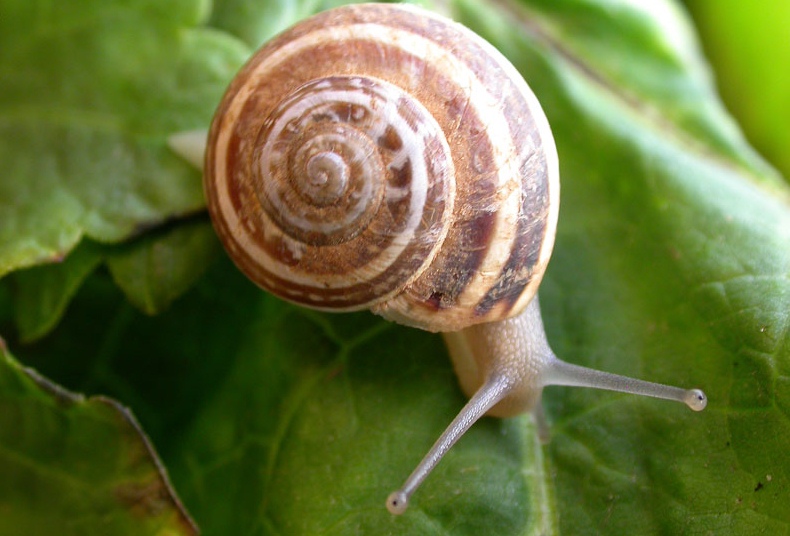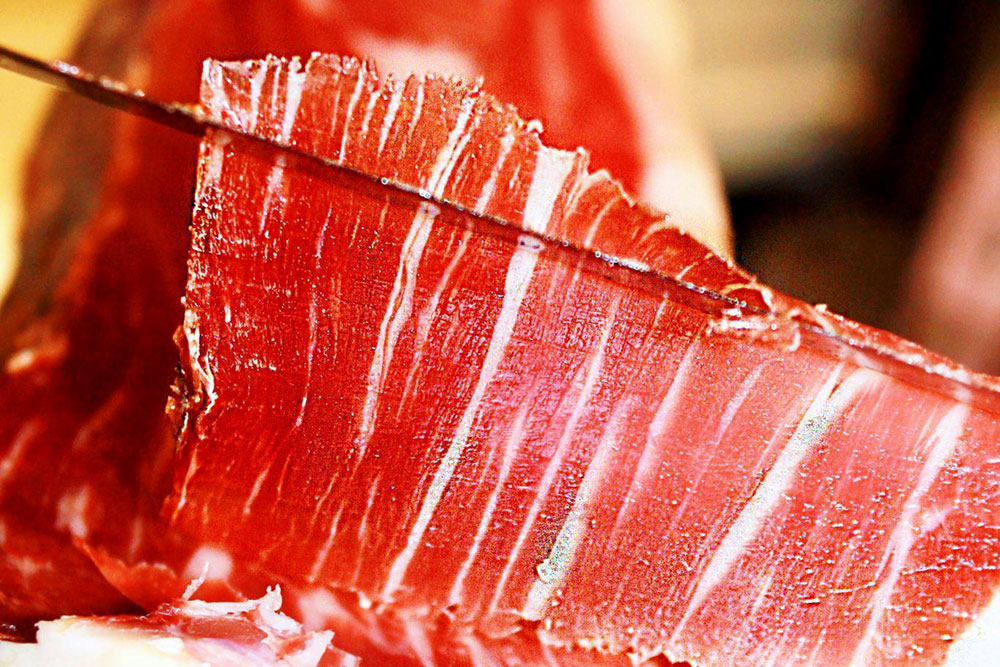Just like watching the Chinese feeding on grasshoppers some may be disgusted by the mere sound of it: snails in their own sauce. However it is among the most popular traditions in Córdoba, believe or not “caracoles en su salsa” is a pure delicacy. An ancient tradition, there is no such thing as an Andalucía without snails. Farmers grew them in the fallow lands, they throw pieces of rubble or big simple tiles on the ground and snails place their home underneath them. There they are left to thrive until Spring comes and the insides of these tiles and rubble are revealed, then snails are harvested. In the southern parts of Spain it is quite normal to find them safely glued to the shade of prickly pears.
“The cask of Amontillado” is the famous title of one of the best stories of Edgar Allan Poe, a tale of vengeances in which a cask of Amontillado lures the victim into a most gruesome fate. Well, my friend, you are indeed in the land of this desired wine. The Amontillado, along with the Pedro Ximénez, is the crown jewel of the winery Montilla Moriles. Although they are not easy to find, nor even in its own country. It is only in certain taverns and bars where one might be able to enjoy such an exquisite wine.
Friends, even though the Chinese wish to emulate our “jamón” and, in the oak groves of Texas, the Americans are already at it, I am not overstating myself by saying Spain is without a doubt the mother of all “jamones de pata negra”. Even more so now that the Minister of Agriculture, Food and the Environment granted for the first time the “Spanish Food Award to the Best Jamón of 2016”, the categories were “Jamón de bellota ibérico” and “Jamón Serrano or other Acknowledged Quality Figures”. The winner for the “Jamón de bellota ibérico” was the Jamón de bellota 100% ibérico “Encinares del Sur” from the protected designation of origin Los Pedroches (Córdoba). As of today we can officially state that Córdoba is home to the best Jamón in the World.

Legal Notice | Privacy Policy | Cookie Policy | Terms of Sale | Site map
Hotel 2** City | Registration No. H/CO/00731
© 2025 hotel viento 10
All rights reserved




